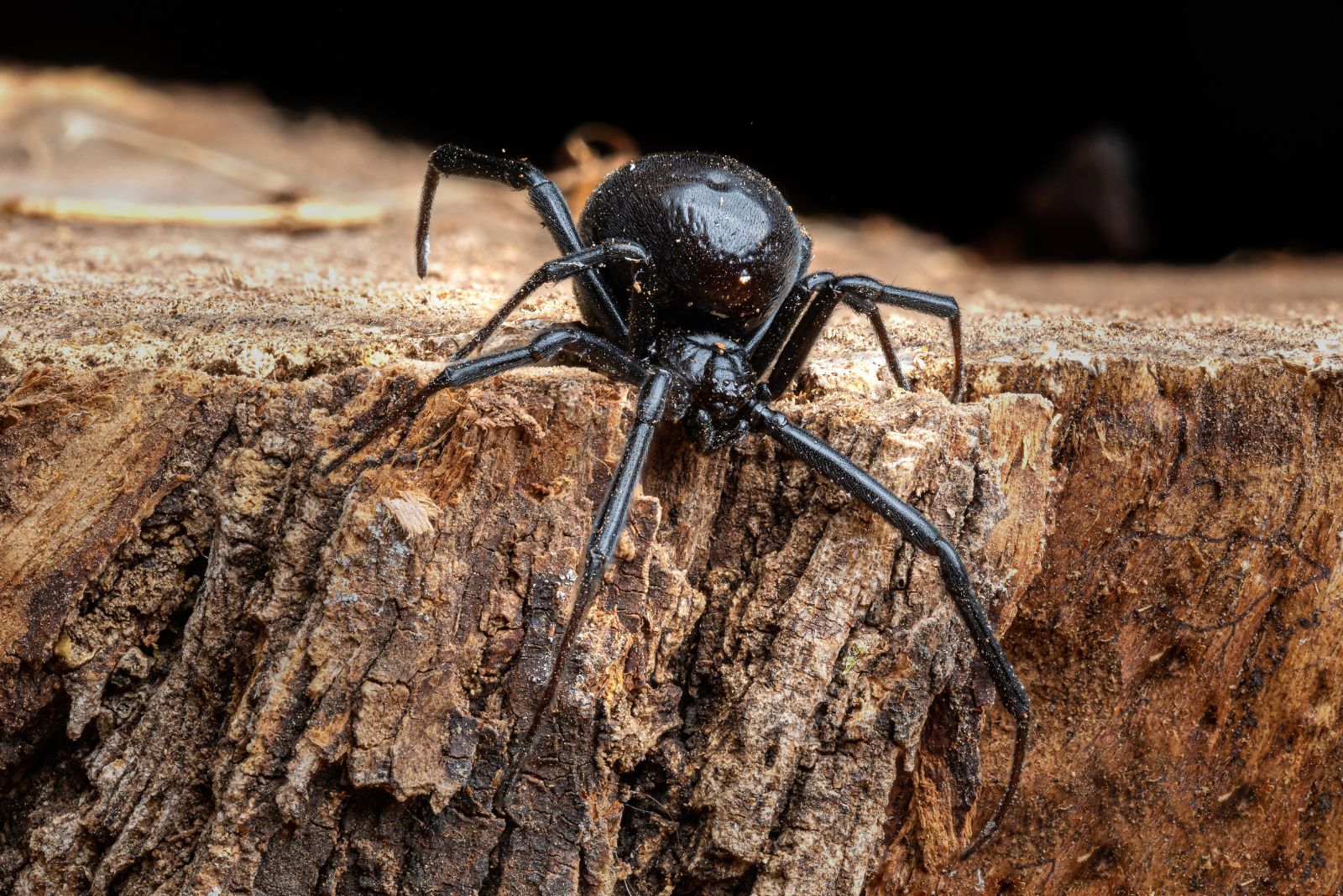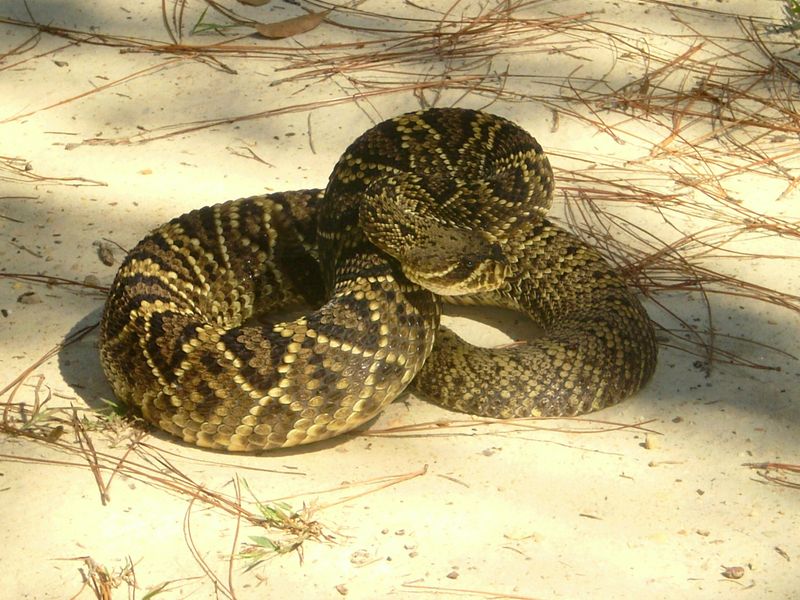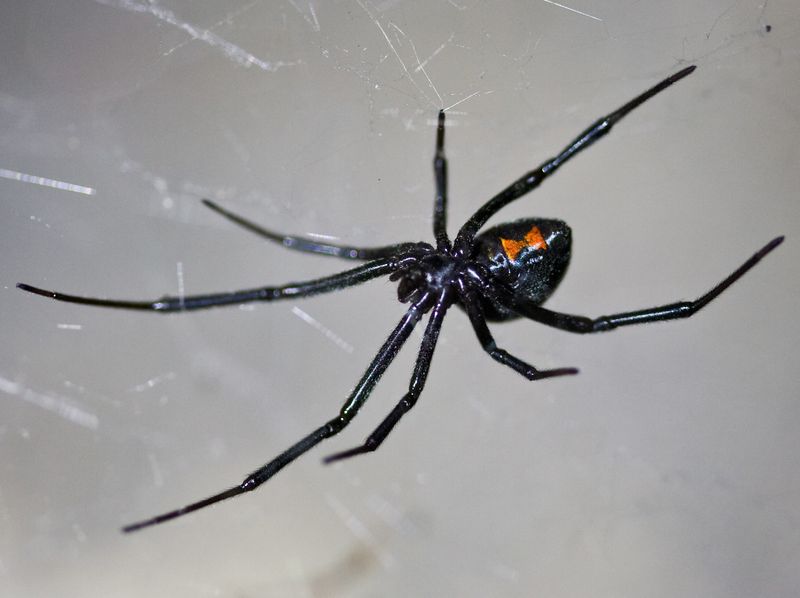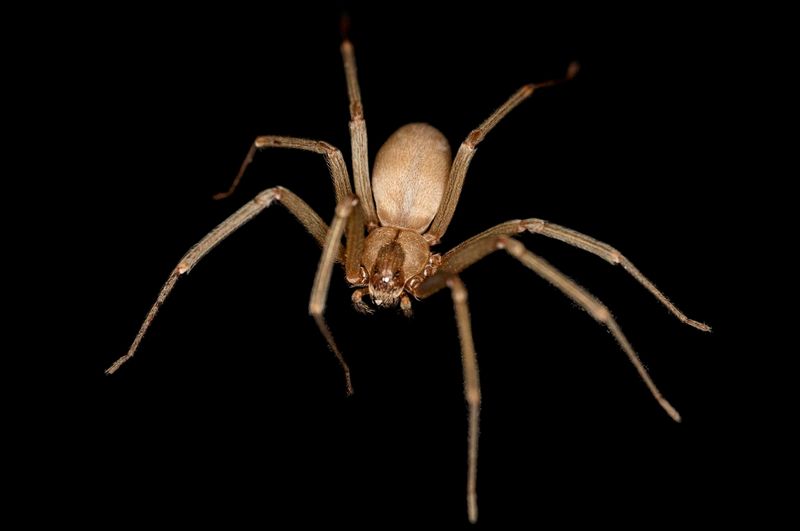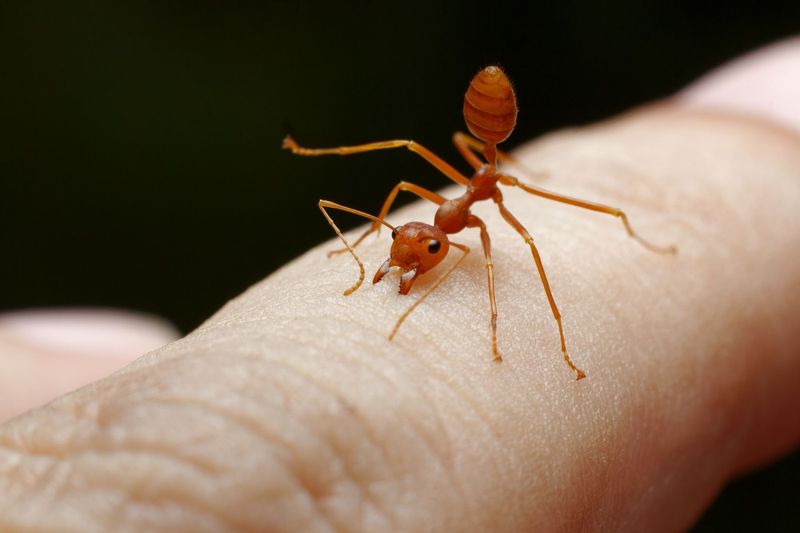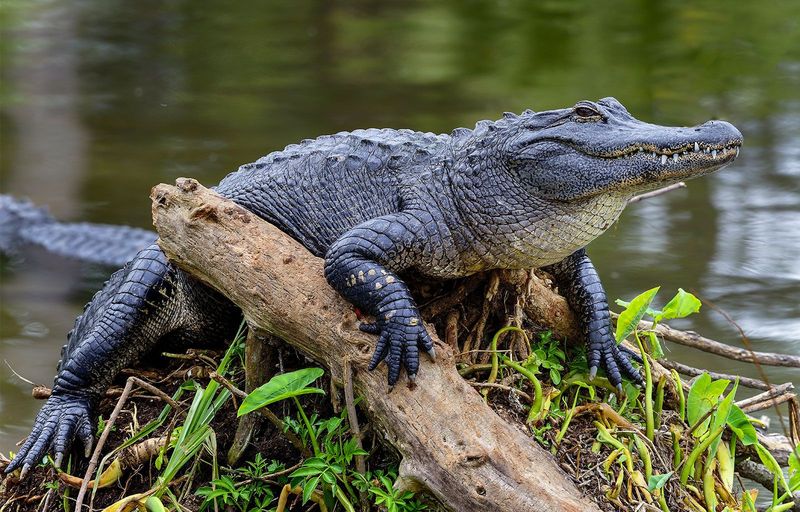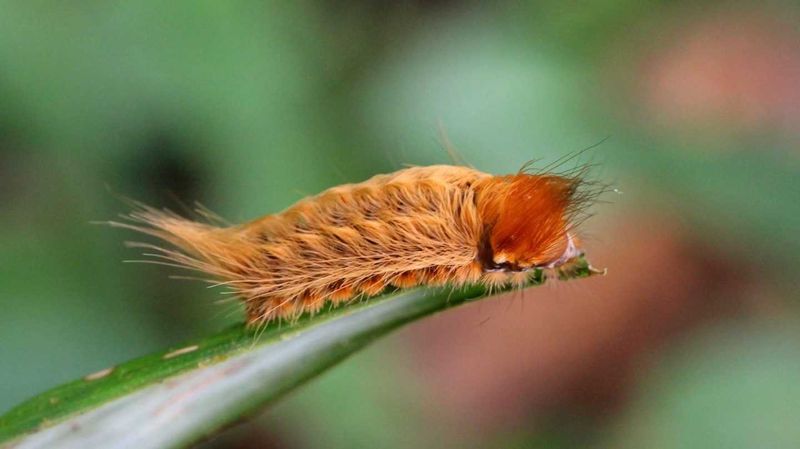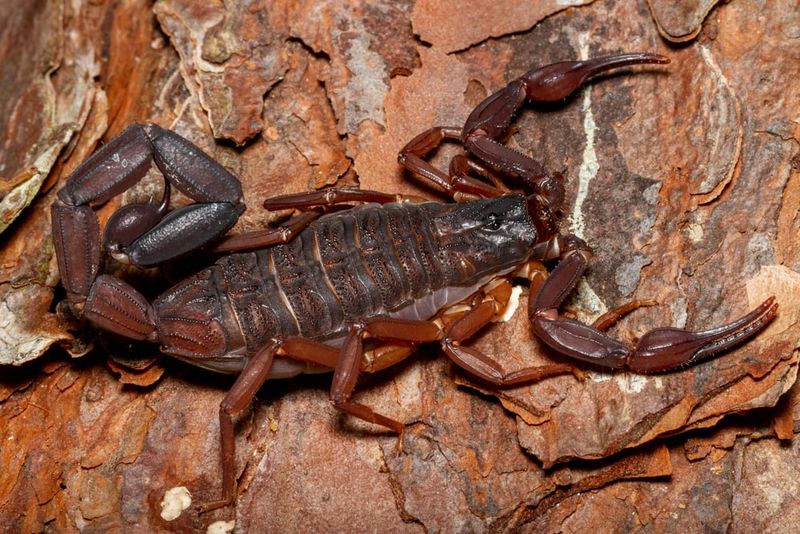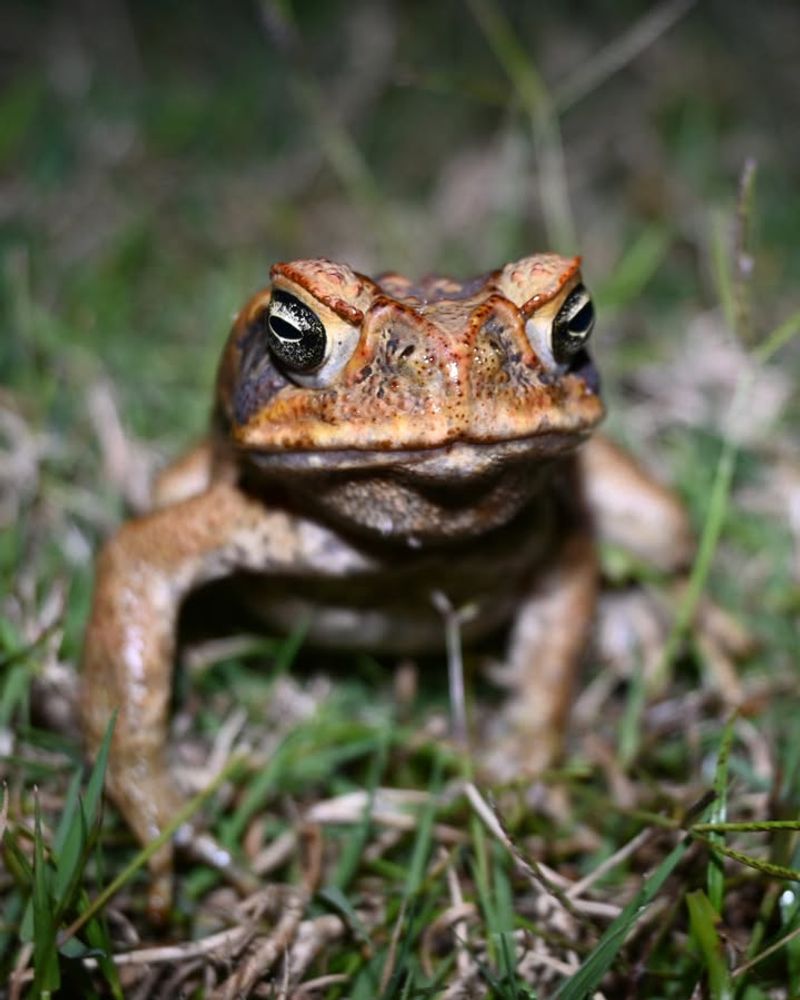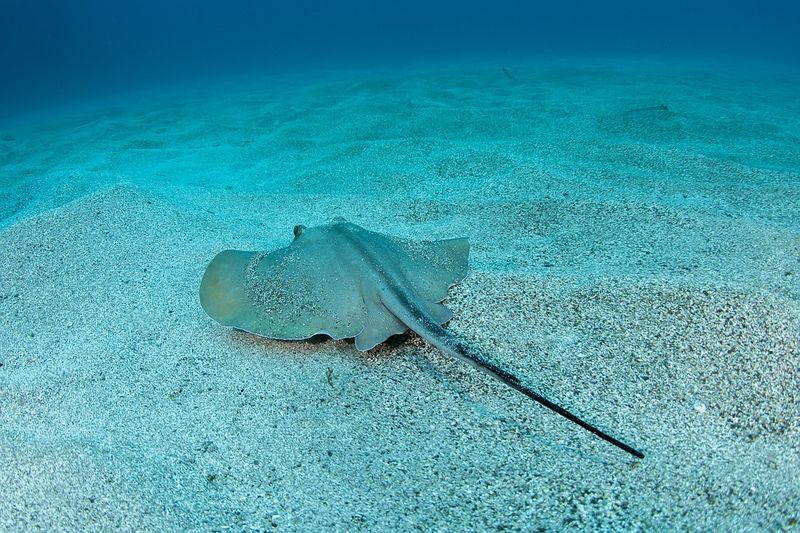Florida yards stay busy year-round, and some of the locals are better admired from a safe distance.
A few creatures may look harmless at first glance, but they can pack a punch when handled the wrong way.
Homeowners who reach down without thinking can end up learning a hard lesson the moment curiosity wins out.
From stingers to hidden spines, these critters remind folks that not every backyard visitor plays nice.
Staying sharp and keeping hands to yourself can save a world of trouble when the Sunshine State’s wild side shows up uninvited.
1. Eastern Diamondback Rattlesnake
America’s largest venomous snake calls Florida home, and it’s not one to mess with.
Reaching up to seven feet long, this heavyweight reptile delivers a bite packed with tissue-destroying venom that can cause severe damage or even death without quick medical treatment.
The distinctive diamond pattern along its back and the rattling tail serve as nature’s warning system.
If you spot one sunbathing in your yard or hiding near woodpiles, keep your distance and call wildlife control immediately instead of playing hero.
2. Southern Black Widow Spider
That shiny black spider with the red hourglass might look small, but she’s fifteen times more venomous than a rattlesnake, pound for pound.
Female black widows hide in dark corners of garages, sheds, and under patio furniture, waiting for unsuspecting prey.
Their neurotoxic venom attacks your nervous system, causing intense muscle pain, cramps, and nausea.
Most bites happen when people reach into storage boxes or put on shoes without checking first.
Always wear gloves when cleaning cluttered areas where these spiders love to nest.
3. Brown Recluse Spider
Spotting the violin-shaped mark on this spider’s back is your cue to back away slowly.
Brown recluses aren’t aggressive, but their venom contains enzymes that literally eat away at your flesh, creating nasty wounds that take months to heal.
They prefer hiding in cardboard boxes, closets, and attics where they won’t be disturbed.
Bites typically occur when the spider gets trapped against your skin in clothing or bedding.
Shake out shoes and clothes that have been sitting unused, and always inspect before reaching into dark storage spaces.
4. Fire Ants
Those innocent-looking dirt mounds in your lawn are actually fortresses for one of Florida’s most aggressive invaders.
Fire ants don’t just bite once, they latch on with their jaws and sting repeatedly, injecting alkaloid venom that feels like burning embers on your skin.
Disturbing a mound triggers hundreds of angry defenders to swarm up your legs in seconds.
The painful welts they leave behind can become infected, and some people experience severe allergic reactions.
Professional pest control is your safest bet for dealing with these territorial insects.
5. Alligators
With over 1.3 million alligators living in Florida, encountering one isn’t a matter of if, but when.
These prehistoric predators possess one of the strongest bite forces in the animal kingdom, capable of crushing bones with ease.
Gators near homes often lose their natural fear of humans, making them especially dangerous.
Never attempt to move, feed, or photograph one up close, even small gators can inflict serious injuries.
Their lightning-fast reflexes and powerful tail can knock you down before you realize what’s happening.
Always contact trained professionals for removal.
6. Venomous Caterpillars
Don’t let their fuzzy, cute appearance fool you, several Florida caterpillars pack venomous spines hidden beneath soft-looking hair.
The puss caterpillar, which resembles a tiny Persian cat, is considered one of the most painful stingers in the United States.
Brushing against one triggers instant, radiating pain that can last for hours, along with swelling, rash, and sometimes chest pain or breathing difficulty.
Kids are especially vulnerable since these crawlers often drop from trees onto playground equipment.
Teach your family to admire caterpillars from a distance only.
7. Scorpions
Florida hosts several scorpion species that love hiding in shoes, folded towels, and between bed sheets.
While their stings rarely prove fatal to healthy adults, the pain rivals a wasp sting times ten, often accompanied by numbness and swelling.
Scorpions hunt at night and glow under ultraviolet light, which makes checking with a blacklight flashlight a smart precaution.
Young children, elderly folks, and people with allergies face higher risks from scorpion venom.
Shake out anything that’s been sitting outside overnight before bringing it indoors or putting it on.
8. Bufo Toads (Cane Toads)
These invasive amphibians secrete a milky-white toxin from glands behind their eyes that’s potent enough to kill pets and sicken humans.
Bigger than your fist, cane toads emerge at night and congregate around outdoor lights hunting for insects.
Direct contact with the toxin causes burning sensations, excessive drooling if it reaches your mouth, and potential heart problems.
Dogs that mouth these toads can pass away within fifteen minutes without emergency treatment.
Use a shovel or grabber tool if you need to remove one from your property, and wash your hands thoroughly afterward.
9. Stingrays In Shallow Water
Wading into Florida’s coastal waters means sharing space with stingrays that bury themselves in sandy bottoms.
Their barbed tail spine delivers excruciating venom when stepped on, sometimes requiring surgery to remove embedded barbs.
The intense pain can cause shock, and the wounds frequently become infected.
Thousands of stingray injuries happen annually in Florida, many just a few feet from shore.
Practice the stingray shuffle, sliding your feet along the bottom instead of stepping, to give them warning to swim away.
If stung, seek immediate medical attention for proper wound care and pain management.

